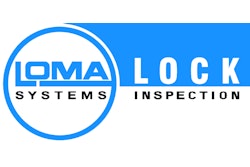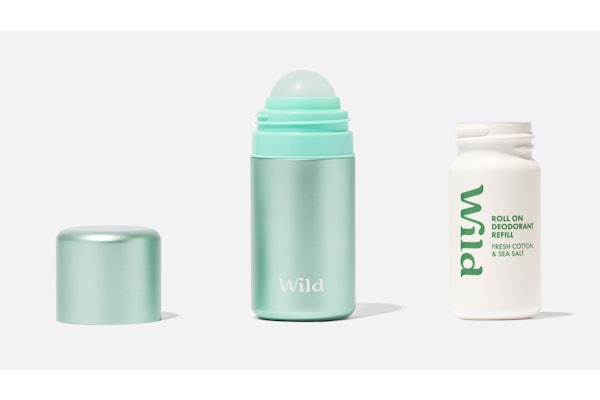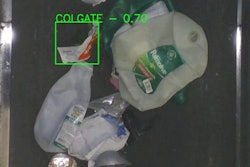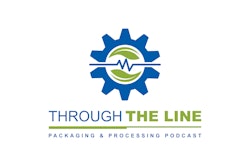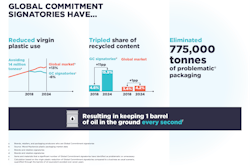
Food safety management standards, and in particular those accepted by the Global Food Safety Initiative (GFSI), have become requirements for satisfying retail chain demand as well as aiding compliance with regulations and boosting consumer confidence in food products. Currently, there are 10 GFSI-accepted standards, and each is geared to a slightly different situation, said Laura Studwell, marketing manager for Loma Systems, a provider of metal detection, checkweighing and x-ray inspection systems. In a presentation at Pack Expo 2014 in Chicago, she she zeroed-in four of these standards that are “most popular and most dominant with retailers and companies around the world:”
- FSSC 22000: This Food Safety System Certification standard “mainly covers perishable animal and produce products, products with a long shelf life as well as food ingredients and additives.” This standard is the easiest to certify to for companies that already follow the related ISO 22000 standard. It’s best known in Europe, though 8,000 organizations in 146 countries are certified. This standard has 96 certification bodies and more than 1,500 auditors.
- SQF: The Safe Quality Food standard of the U.S.-based Food Marketing Institute, is dominant in North America, though more than 5,000 organizations in 247 countries are certified to it. It provides three levels of certification for foods of increasing risk levels, and incorporates the Hazard Analysis Critical Control Points or HACCP methodology (above the lowest level), as do other standards).
- IFS: The International Featured Standard) IFS has food and related standards including food, logistics and packaging. It encompasses 99 certification bodies and more than 800 auditors worldwide. The standard, developed in Germany, lists 11,000 organizations in more than 90 countries, according to Studwell.
- BRC: Based in the U.K., the British Retail Consortium standard is “very dominant in Canada,” said Studwell, adding that 21,000 organizations in 123 countries use this standard, and “by far, the most retailers have migrated to this certification system.” It’s used where food is handled, processed or packaged — from produce packing houses and slaughterhouses to plants processing and packaging ready to eat products.
These standards all have three common requirements, Studwell explained:
- "Processors must demonstrate they have a food safety management system in place.
- "They also must demonstrate that they have Good Manufacturing Practices, Good Distribution Practices or Good Agricultural Practices, depending on what market you’re in. And
- “They also have to prove that they have conducted a Hazard Analysis, and identified Critical Control Points aligned with HACCP principles.”
There are also differences between standards, which she illustrated with points such as these (paraphrased from her presentation):
- FSSC 22000 only applies to food safety, whereas SQF, IFS and BRC “address food safety and quality.”
- FSSC standard provides fewer specifics on how to become certified, as opposed to more prescriptive SQF, IFS and BRC standards.
- SQF, unlike FSC 22000, IFS and BRC, requires companies to register to “prove that you meet minimum requirements” before it will be audited for certification. The others mandate on-site audit ti begin the certification process.
- The certification term for FSSC 22000 is three years; the term for the other three standards is one year (but this may vary depending on how successful the compliance was deemed to be.)
- Regarding metal detection, her company’s bailiwick, Studwell said FSSC 22000 and SQF do not explicitly specify the need for metal or x-ray detection and technology, but include them in online examples of successful audits. IFS and BRC generally require detection systems unless the food processor meets provisions to justify and document the absence of sufficient risk.
When companies choose a standard toward the goal of food safety compliance, Studwell stressed that while “one certification may be easier to obtain than another,” the seemingly easier path “may not necessarily offer you the benefits of actually being certified because it is not yet considered acceptable among the people [retailers] that you’re trying to market your products to, which can hinder your channels to market.”
Simply put: The right standard for you, and the one that will keep your company afloat, is the one your customers insist that you to adopt.



